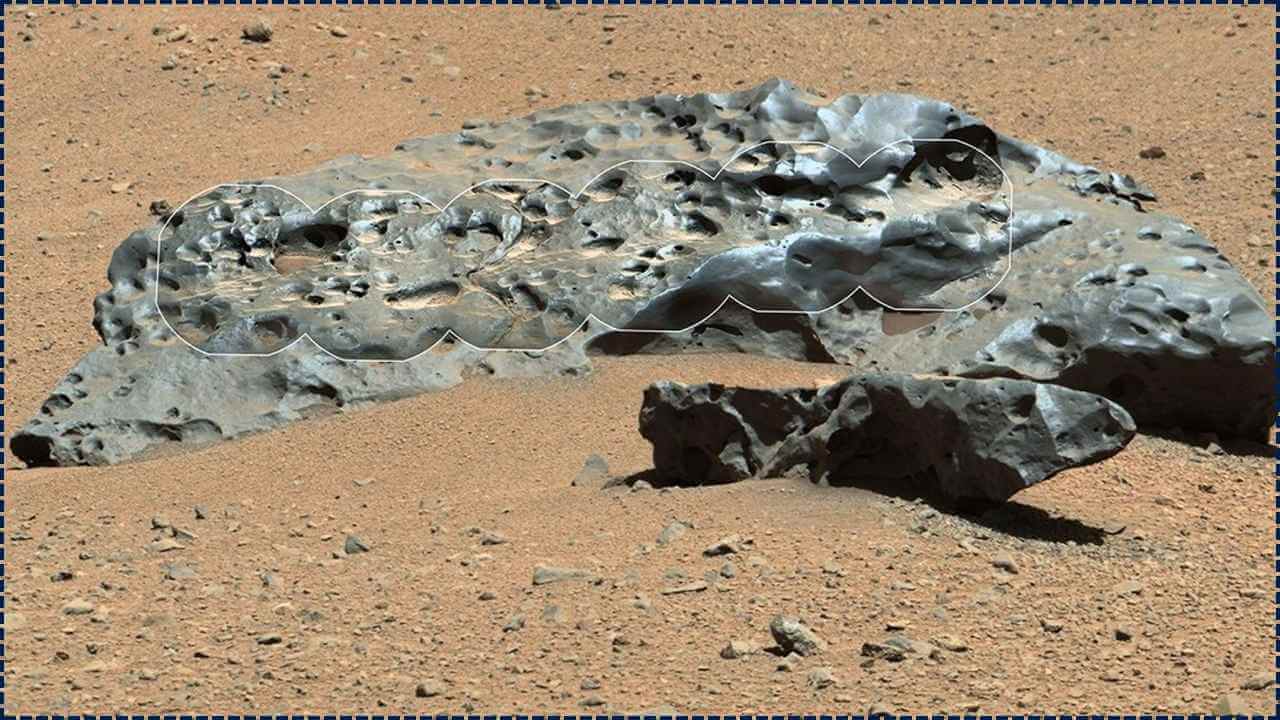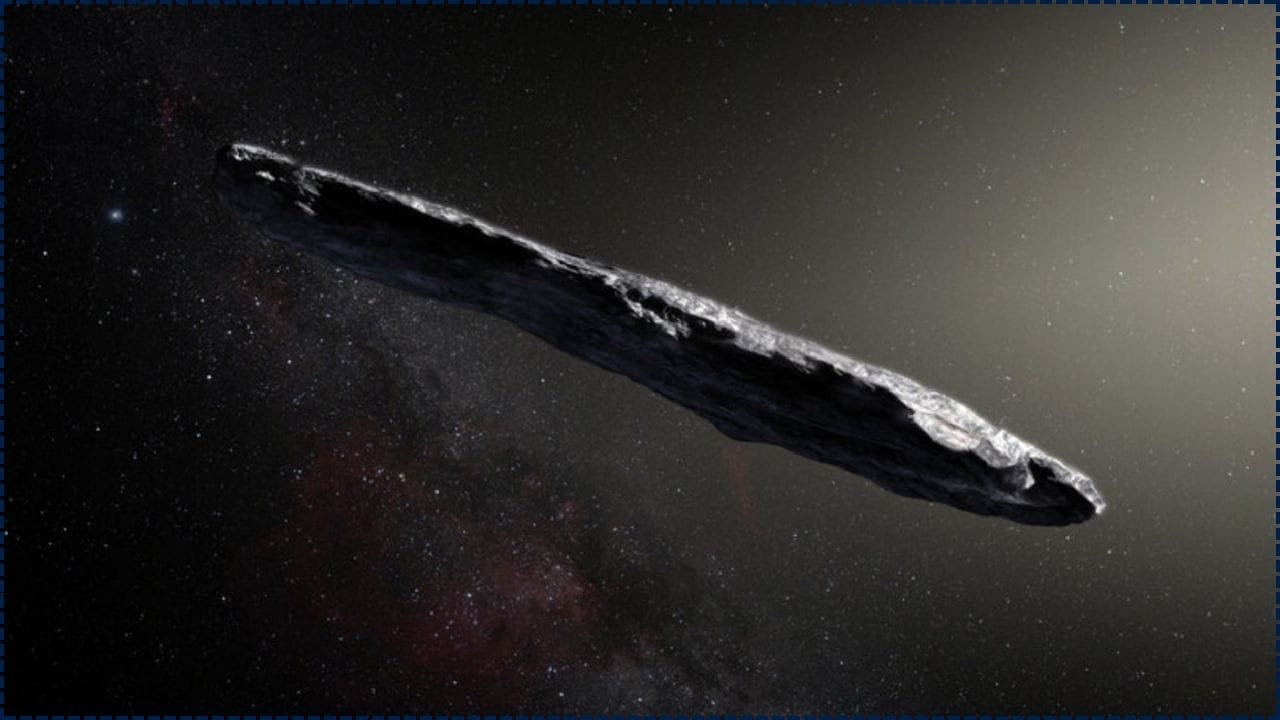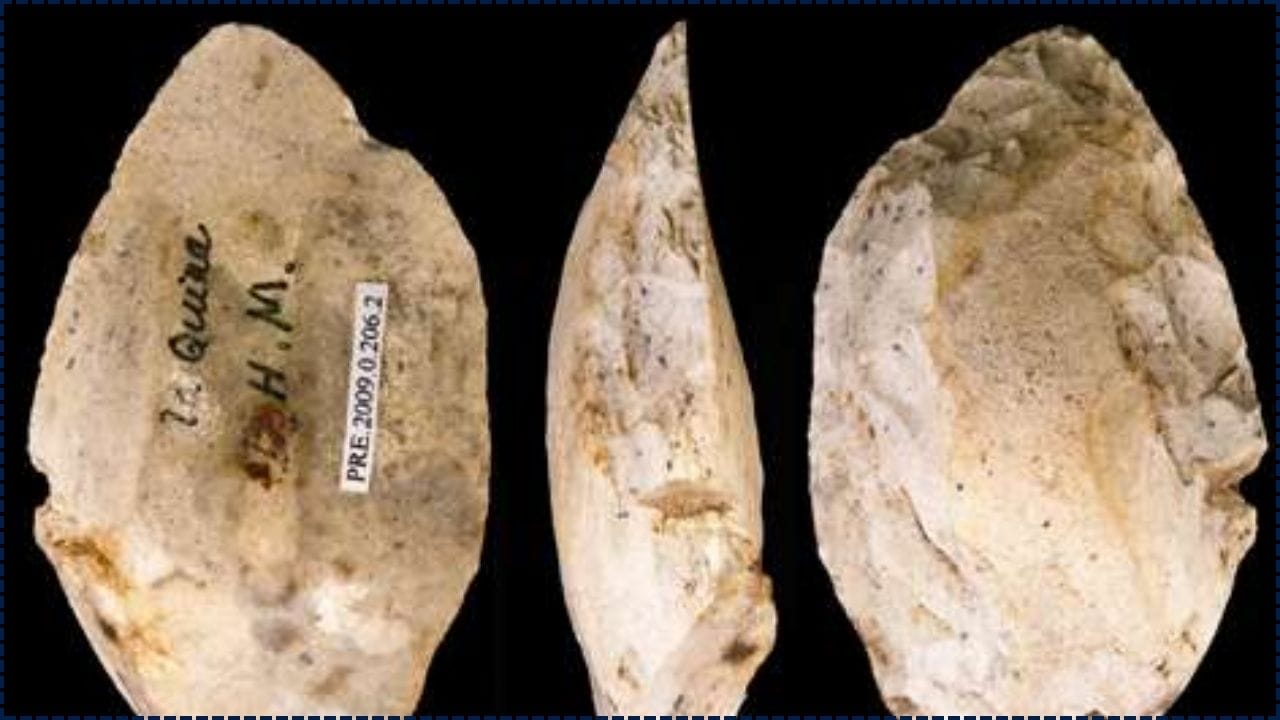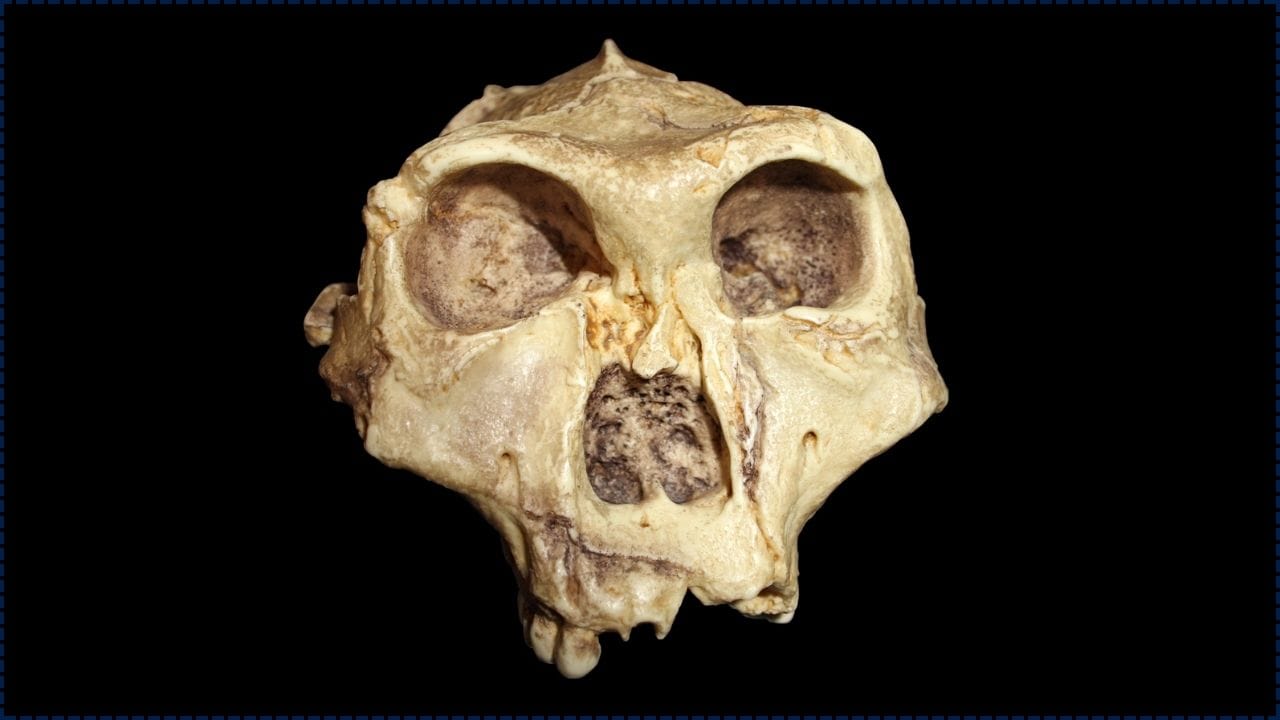In a heartwarming discovery at the Neumark-Nord site near Leipzig, Germany, archaeologists have uncovered evidence that Neanderthals, over 125,000 years ago, skillfully extracted fat from bones, revealing a profound ingenuity that deepens our connection to our ancient kin. This remarkable find not only illuminates the resourceful survival strategies of Neanderthals but also celebrates their sophisticated understanding of their environment, much like our own.
By sharing these insights, we honor the shared humanity and resilience of our ancestors, fostering a sense of unity and wonder as we learn from their legacy to nurture a brighter future together.
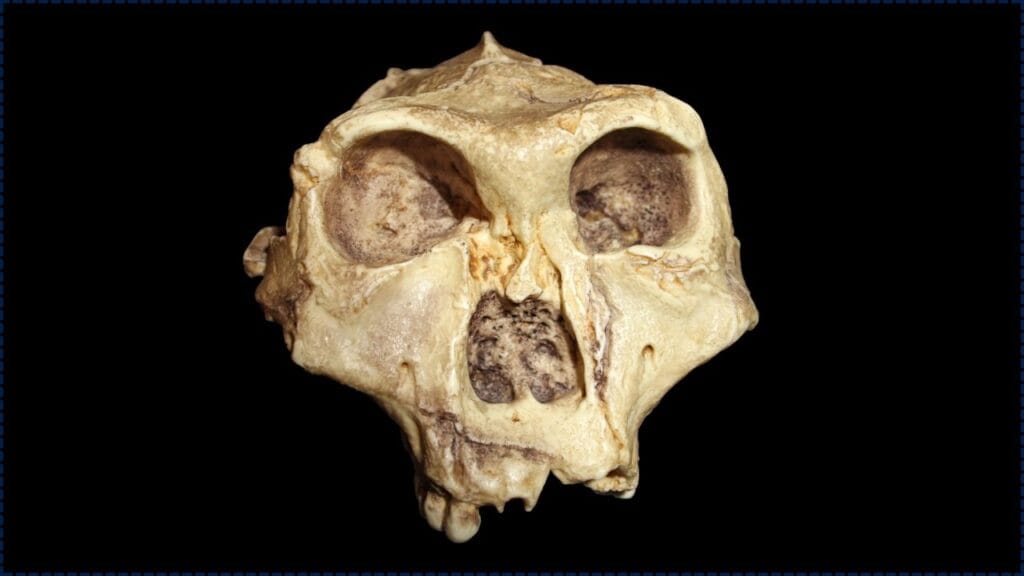
This discovery is more than just about bones and tools—it’s about a deeper, more complex understanding of how Neanderthals adapted to their environment. They were not simply surviving—they were thriving. Let’s dive into this fascinating revelation and explore how it changes the narrative around our ancient cousins.
Neanderthal Bone Site in Germany Reveals Clues
| Key Point | Details |
|---|---|
| Site Name | Neumark-Nord 2/2B, Saxony-Anhalt, Germany |
| Estimated Age | ~125,000 years ago |
| What Was Found | Over 3,000 bone fragments from 172 large mammals, many heat-damaged and intentionally processed for fat |
| Main Activity | Systematic rendering of bone fat from marrow and spongy bones |
| Species Hunted | Red deer, horses, aurochs (wild cattle), and other large mammals |
| Significance | Earliest known evidence of nutritional engineering via bone processing, challenging previous assumptions |
| Published Study | Science Advances, July 2025 |
| Modern Context | Fat rendering or “bone grease” production, still used by Indigenous groups for food preservation and healing |
| Official Source | www.leidenuniv.nl |
“When the land speaks, even the oldest bones can whisper the truth.”
— Elder Bear Feather, Northern Cheyenne
The discovery at Neumark-Nord beautifully reshapes our understanding of Neanderthal life, revealing them not as mere scavengers but as resourceful and innovative survivalists who carefully planned, processed, and preserved essential resources to flourish. This heartwarming insight celebrates their remarkable ingenuity and adaptability, qualities that resonate deeply with our shared humanity.
By learning from their sustainable practices, we are inspired to embrace thoughtful, compassionate approaches to our own quest for sustainable living, fostering a brighter, more connected future for all.
As we look to the future of food sustainability, we can take inspiration from our ancient cousins and their careful, respectful use of the land. Just like Native American traditions, Neanderthals knew that to thrive, you must understand and respect the balance of nature.
The Discovery: What Was Found?
At the heart of a remarkable archaeological find, a collection of carefully processed bones from large mammals like red deer, aurochs, and horses reveals the profound ingenuity of Neanderthals. With precision and care, these ancient communities applied heat and skillfully broke bones to extract nutrient-rich bone grease, showcasing a thoughtful approach to sustaining their families.
Far from mere scavenging, this discovery paints a picture of a nurturing, purposeful food-processing effort, reflecting the deep resourcefulness and care of Neanderthals. Their legacy inspires us to honor our shared humanity, fostering a sense of connection and appreciation for sustainable practices that continue to guide us toward a compassionate future.
These remains were found in areas near ancient lakes where fire pits and heated tools had been used. The Neanderthals intentionally targeted fat-rich bones, primarily from femurs and ribs, which are known to hold the most marrow and lipids.
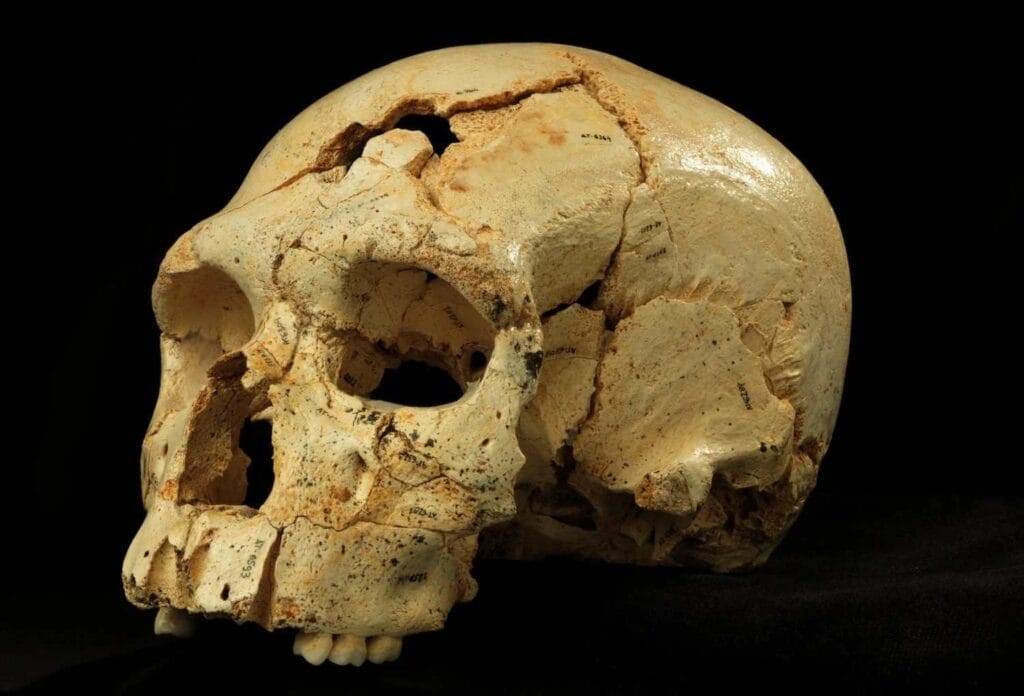
The Science Behind the Findings
1. Radiocarbon and Isotopic Dating
To ensure the age of the site, archaeologists used radiocarbon dating on organic materials and isotopic analysis to verify the environmental conditions during Neanderthal habitation. The evidence pointed to the last interglacial period—a time when climate fluctuations would have forced Neanderthals to adopt creative survival strategies.
2. Bone Analysis
The team used microscopic analysis to examine the fractures and scorch marks on the bones. Burnt bone residues and specific breakage patterns indicated that these bones had been intentionally heated in water-filled pits, much like modern-day fat rendering practices.
3. Chemical Traces
Chemicals left behind from boiling and grease extraction were found embedded in the bones, supporting the idea that Neanderthals purposely processed the fat for use in food, tools, and perhaps even medicinal applications.
Why Fat Was Essential for Survival
Fat has always been a critical source of calories and essential fatty acids—especially in harsh climates or during food shortages. Without enough fat, a person can suffer from protein toxicity or nutritional deficiency, conditions that can lead to weakness, fatigue, and even death (called “rabbit starvation”).
By rendering fat from bones, Neanderthals ensured that they had access to concentrated nutrition during the cold seasons when animal fats were critical for survival. The presence of these practices reveals a deep understanding of nutrition and an ability to adapt to seasonal changes.
The “Fat Factory” Process: Neanderthal Bone Site in Germany Reveals Clues
- Hunt large animals like deer or wild cattle
- Break bones with stone tools to access marrow
- Crack open large leg bones (fat-rich)
- Heat the bones over fire or in water pits
- Skim off the rendered fat from the top of the water
- Store and use the fat for nutrition, preservation, and possibly tools
This method shows Neanderthals as early engineers who knew how to maximize resources in their environment, not just by hunting, but by processing every part of the animals they killed.
Global Context: Neanderthals and Food Processing
Similar Practices Around Europe
Neanderthal sites across Europe, from Spain to France and even Russia, have shown evidence of bone processing, but none are as advanced in scale as the Neumark-Nord site. In fact, this find is the earliest known evidence of such systematic fat rendering, predating similar practices by modern humans by at least 100,000 years.
Native American Perspectives on Fat Rendering
Indigenous peoples across North America have long understood the importance of bone grease. For example:
- The Inuit and Native Alaskans have used seal fat and whale blubber to provide the calories needed for survival in cold climates.
- The Lakota people often use bison fat in cooking and to preserve food for the winter months.
These practices are not only nutritious but are also culturally significant, representing a respectful use of nature—a concept shared by Neanderthals, who, much like these Indigenous groups, maximized every resource they harvested.
Related Links
Labrador-Sized Dinosaur Unearthed in U.S. Sheds Light on Life 150 Million Years Ago
Earth’s Day Is Shrinking: Why the Shortest 24 Hours in History Could Be Just Weeks Away!
Earth Just Had Its Shortest Day Ever Recorded—and Scientists Are Digging Into the Cause
What This Discovery Means for Modern Times
The modern implications of these findings are clear:
- Sustainability: Neanderthals were practicing sustainable food systems far earlier than we thought. Their methods were environmentally friendly and resource-efficient.
- Culinary History: Our ancestors knew how to process food for maximum nutrition—something we can still learn from today.
- Health: Understanding ancient dietary practices might help modern humans with issues like protein overload and nutritional imbalances.
As we strive for sustainability and food security in the 21st century, ancient methods like these can offer valuable lessons.
FAQs
Q: What other animals did Neanderthals target for fat processing?
A: In addition to deer and wild cattle, Neanderthals likely targeted horses and bison, which are large, fat-rich mammals.
Q: Why didn’t humans develop fat rendering earlier?
A: Neanderthals’ ability to render fat shows a deep knowledge of nutrition and resource management. Humans likely evolved these practices later due to different environmental pressures.
Q: Can these findings tell us about Neanderthal health?
A: Yes, the ability to extract essential fats would have ensured Neanderthals’ survival, especially during harsh winters, improving their overall health and resilience.



